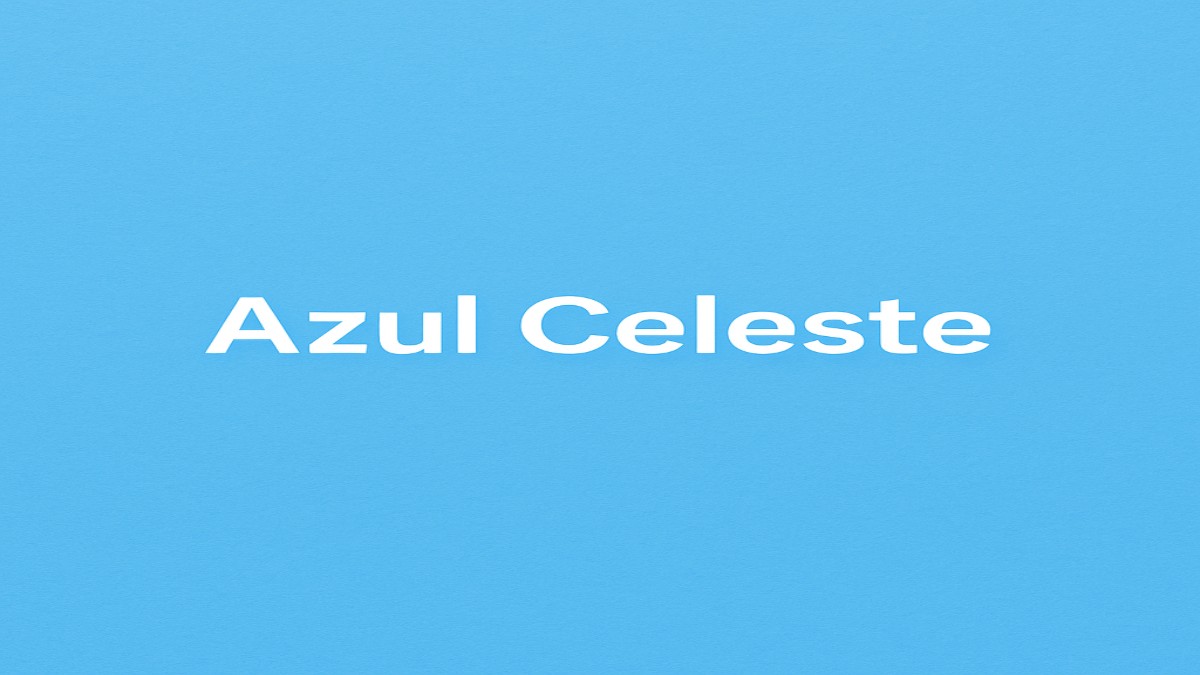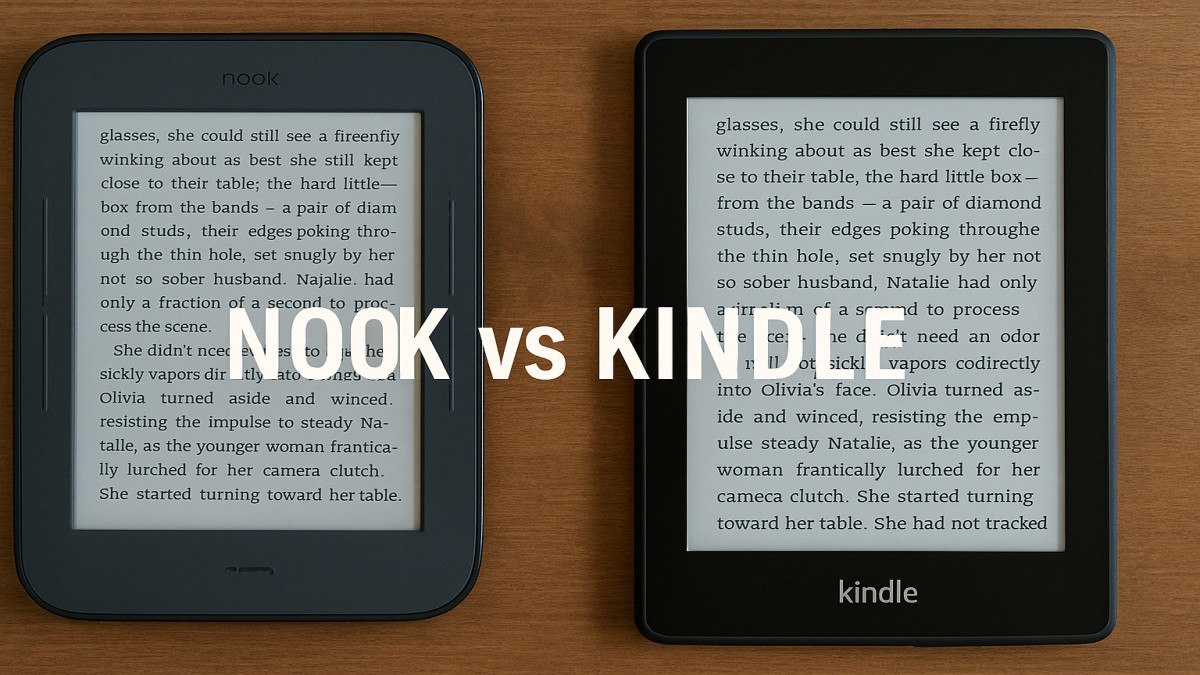others
Azul Celeste – The Color of Calm and Inspiration

Introduction to Azul Celeste
Azul Celeste, often referred to as “sky blue” in English, is a soft, soothing shade of blue that captures the essence of a clear summer sky. More than just a visual treat, this color carries deep cultural, artistic, and emotional significance across the world.
What is Azul Celeste?
Literally meaning “heavenly blue” in Spanish, Azul Celeste embodies tranquility, hope, and clarity. It’s a lighter and softer tone compared to navy or royal blue, offering a fresh and uplifting presence wherever it is used.
Historical and Cultural Significance
From ancient frescoes to modern design, Azul Celeste has been a favorite among artists and designers for centuries. In many Latin American cultures, it symbolizes peace, spirituality, and connection to nature.
The Science Behind Azul Celeste
Color Spectrum and Hex Code
On the digital spectrum, Azul Celeste typically aligns with a hex code around #B2FFFF to #87CEEB. Its soft luminance makes it easy on the eyes while maintaining vibrancy.
Psychological Effects
Light blue shades are known to reduce stress and evoke feelings of openness and creativity. That’s why you’ll often see Azul Celeste in meditation rooms, spas, and calming environments.
Symbolism in Different Cultures
In Argentina, “Azul Celeste y Blanco” forms the colors of the national flag, representing the sky and clouds above the nation. In Mediterranean cultures, it is believed to protect against negative energy.
Azul Celeste in Art and Design
Classical Artworks
Renaissance and Baroque painters often used sky blue pigments to depict divine figures and heavenly landscapes. It was a color that communicated serenity and purity.
Modern Interior Design
Azul Celeste is making a strong comeback in interiors.
- Walls and Furniture Accents: This color works beautifully as a backdrop in bedrooms or living spaces.
- Pairing Colors: It pairs well with sandy beige, white, gold, and even coral for a warm contrast.
Azul Celeste in Fashion
This soft blue has found its way into fashion runways as a staple for spring and summer collections.
- Clothing: From pastel blazers to flowing dresses, it adds freshness and elegance.
- Accessories: Handbags, scarves, and jewelry in Azul Celeste bring a subtle pop without overpowering an outfit.
Azul Celeste in Branding and Marketing
Emotional Connection
Brands choose Azul Celeste to project calm, trust, and openness. This makes it popular among travel agencies, wellness brands, and eco-friendly companies.
Brand Examples
Airlines and beach resorts frequently incorporate this color into their logos to convey a feeling of open skies and adventure.
Azul Celeste in Nature
The Sky and Sea
Nothing inspires Azul Celeste quite like nature. On a clear day, the sky mirrors the exact shade, creating a universal sense of peace. Tropical waters often reflect similar hues.
Wildlife
Certain bird species, butterflies, and tropical fish naturally display this color, blending beauty with biodiversity.
Cultural Symbolism Around the World
In Latin America, Azul Celeste represents freedom, openness, and pride.
In Europe, particularly in Greece, lighter blues are believed to keep away misfortune and are commonly seen on building exteriors.
How to Use Azul Celeste in Daily Life
Home Decoration
- Use on accent walls in living rooms or bedrooms.
- Add throw pillows, rugs, or curtains in this shade for a soft, airy touch.
Personal Styling
- Combine Azul Celeste with neutrals for a professional look.
- Pair with bright yellows or oranges for a playful, summery vibe.
Conclusion – The Timeless Appeal of Azul Celeste
Azul Celeste is more than just a color—it’s a feeling. Whether it’s evoking a sense of calm in your home, adding elegance to your wardrobe, or symbolizing cultural pride, this shade continues to inspire and uplift across generations.
FAQs
1. What does Azul Celeste symbolize in Latin America?
It often represents peace, freedom, and national pride, especially in countries like Argentina.
2. Is Azul Celeste suitable for professional spaces?
Yes, its calming effect makes it perfect for offices and meeting rooms.
3. How does Azul Celeste compare to turquoise?
Azul Celeste is softer and lighter, while turquoise has stronger green undertones.
4. Can Azul Celeste affect mood and productivity?
Yes, studies suggest light blue shades can boost creativity and reduce stress.
5. Which colors pair best with Azul Celeste?
White, beige, sandy tones, coral, and gold are all excellent matches.

 entertainment3 months ago
entertainment3 months agoOnionFlix: Everything You Need to Know About This Streaming Website

 others3 months ago
others3 months agoNook vs Kindle: Which E-Reader Is Right for You?

 food2 months ago
food2 months agoThe Ultimate Guide to Salchicha: Everything You Need to Know

 education3 months ago
education3 months agoWhy Did My Period Come Early? Understanding Unexpected Menstrual Changes















